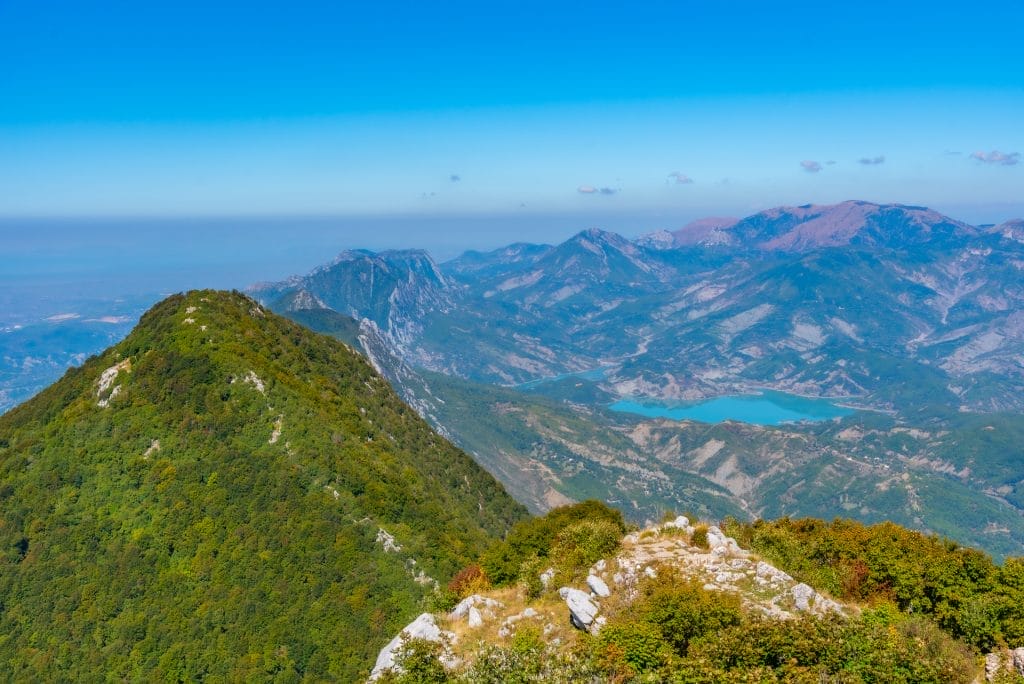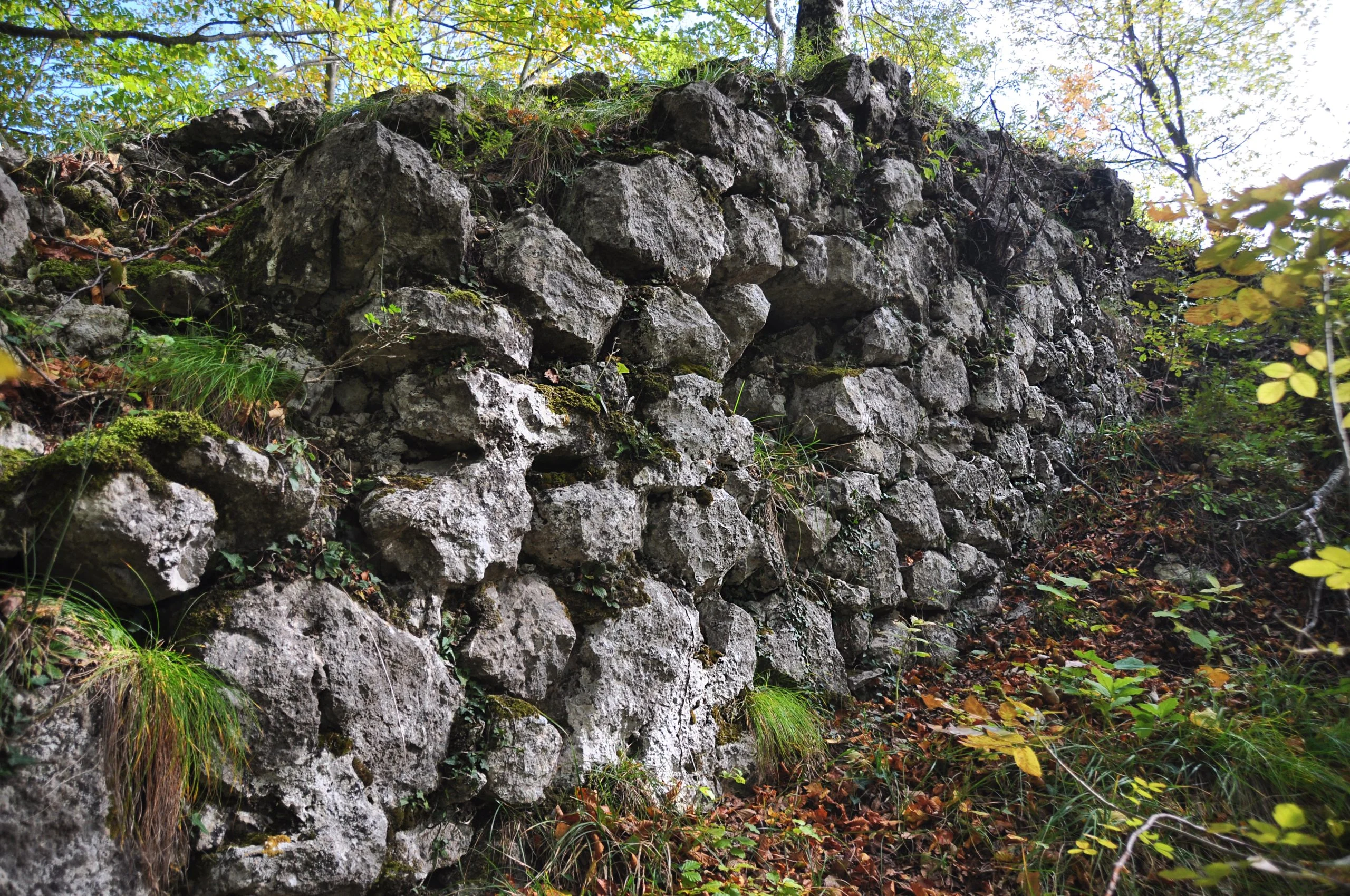
Key Takeaways
- Kalaja e Dajtit is a historic fortress offering panoramic views and centuries of Albanian history.
- Its strategic location on Dajti Mountain provided vital defense and control over trade routes.
- The fortress showcases a blend of architectural influences from Illyrian, Roman, Byzantine, and Ottoman periods.
- Today, restoration efforts aim to preserve its legacy for future generations and promote tourism.
- Visiting the site offers a unique combination of history, natural beauty, and cultural significance.
Table of contents
- Overview of Kalaja e Dajtit: Location and Geographical Context
- Historical Background: Origins and Significance
- Importance in Albanian History and Cultural Heritage
- Architectural Features: Structure, Design, and Unique Characteristics
- Current State of Preservation and Restoration Efforts
- Visiting Kalaja e Dajtit: Travel Tips and Recommendations
- Cultural and Touristic Significance: The Heart of Albanian Identity
- Conclusion: Embrace Albania’s Heritage Through Kalaja e Dajtit
- Sources and Further Information
Perched overlooking Tirana, Kalaja e Dajtit stands as a silent sentinel, whispering tales of Albania’s rich and turbulent past. This ancient fortress is more than just a collection of stones; it’s a tangible link to various historical periods, from the Illyrians and Romans to the Byzantines and Ottomans. As a historical and cultural landmark, Kalaja e Dajtit offers insights into the strategic importance of the region and the lives of those who once inhabited it.
Overview of Kalaja e Dajtit: Location and Geographical Context
Kalaja e Dajtit is strategically located near Tirana, nestled on the slopes of Dajti Mountain. This location was not chosen by chance; it was a vital defensive point controlling access to the region. From this vantage point, the fortress offered breathtaking views of the surrounding landscape, which was crucial for its role as a strategic observation post. The natural defenses of Dajti Mountain made it an ideal spot for monitoring key trade routes and communication lines essential for sustaining power in the region.
Historical Background: Origins and Significance
The history of Kalaja e Dajtit is layered and complex. While the origins of the fortress are still somewhat shrouded in mystery, some sources suggest it may have roots dating back to the Illyrians, with subsequent modifications by the Roman, Byzantine, and possibly Ottoman empires.
During the Roman era, the site likely served as a fortified post, a common practice that involved building on pre-existing structures to maintain control over newly conquered regions. The Byzantines, succeeding the Romans, are thought to have further enhanced the fortress, ensuring that it remained a critical part of the defensive network against invading forces. Finally, during the Ottoman occupation, Kalaja e Dajtit may have been repurposed or reorganized to suit the administrative and military needs of the empire. For more details, visit our article on architecture, structure, and unique characteristics.
Importance in Albanian History and Cultural Heritage
Kalaja e Dajtit holds strategic importance during specific periods, symbolizing Albania’s resilience and spirit. Throughout its long history, the fortress has witnessed the rise and fall of empires and has stood as a testament to the enduring strength of the Albanian people. This site embodies the complex history of a region that has been a crossroads for various civilizations, each leaving its imprint on the land.
Beyond its military significance, Kalaja e Dajtit is a vital component of Albania’s cultural heritage. It represents the rich tapestry of history that has shaped modern Albania and reflects national pride.
Architectural Features: Structure, Design, and Unique Characteristics
Structure and Design
The architectural style of Kalaja e Dajtit is a diverse tapestry of its historical periods. Its features include high fortification walls, defensive towers, and fortified gates—elements clearly meant for protection. Built primarily from local stone, its craftsmanship showcases resourcefulness, utilizing readily available materials to ensure resilience. The design emphasizes functionality, prioritizing defense over aesthetic appeal.
Unique Characteristics
What sets Kalaja e Dajtit apart are its distinctive features. Notably, it integrates natural rock formations into its defenses, an ingenious technique that boosts its protective capabilities while conserving resources. The panoramic views from the fortress are unparalleled—offering a sweeping visual of the terrain below that is both strategic and scenic.
Current State of Preservation and Restoration Efforts
Today, Kalaja e Dajtit remains in various states of preservation. While some sections are intact, others have been affected by time and natural elements. However, initiatives aimed at restoring and preserving the site are ongoing. These projects focus on stabilizing structures and conducting archaeological surveys to uncover additional artifacts, ensuring the site remains accessible and informative for future visitors.
Visiting Kalaja e Dajtit: Travel Tips and Recommendations
How to Get There
Reaching Kalaja e Dajtit involves a scenic journey. From Tirana, you can take a bus or taxi to nearby villages, then enjoy a hiking adventure to the fortress ruins. Alternatively, the Dajti Ekspres cable car offers a breathtaking ride up Dajti Mountain followed by a manageable hike. This method combines convenience with natural beauty, making your trip more memorable.
Best Time to Visit and Tips for Tourists
The ideal visiting seasons are spring and fall, when the weather is mild and suitable for outdoor exploration. Summers can be hot, and winter snow might make hiking difficult. Planning your trip during these months enhances comfort and safety.
Tourists’ Tips:
- Wear sturdy hiking boots for better traction.
- Bring sufficient water and snacks.
- Check weather forecasts before heading out.
- Consider hiring a local guide for deeper insights.
- Respect the ruins to help preserve the site’s integrity.
Facilities Available
Facilities directly on-site are limited. Visitors should come prepared with essentials, as amenities in nearby villages include restaurants and basic services. Proper planning ensures an enjoyable visit without inconveniences.
Cultural and Touristic Significance: The Heart of Albanian Identity
Role in Tourism and National Identity
Kalaja e Dajtit is both a popular tourist destination and a symbol of Albanian resilience. Its proximity to Tirana and Dajti Mountain makes it an appealing day-trip spot for locals and tourists, fostering pride and historical awareness.
Events and Activities
The fortress occasionally hosts cultural events and reenactments that bring history to life. These activities promote local customs and help preserve cultural heritage, offering visitors an immersive experience. Staying updated through tourism sites and local cultural boards will inform you of upcoming events.
Nearby Attractions
Combine your visit with adventures at Dajti Ekspres or explore Tirana’s attractions. These complement the historical experience and showcase both nature and city life in Albania.
Conclusion: Embrace Albania’s Heritage Through Kalaja e Dajtit
Kalaja e Dajtit stands as a powerful symbol of Albania’s enduring legacy. Its centuries of history, coupled with its strategic location and impressive architecture, make it a must-visit site for anyone eager to understand Albanian heritage. Embark on this journey, explore its ruins, and experience the stories embedded in its stones and vistas. Your visit not only enriches your knowledge but supports ongoing preservation efforts, ensuring this treasure endures for future generations.


0 Comment